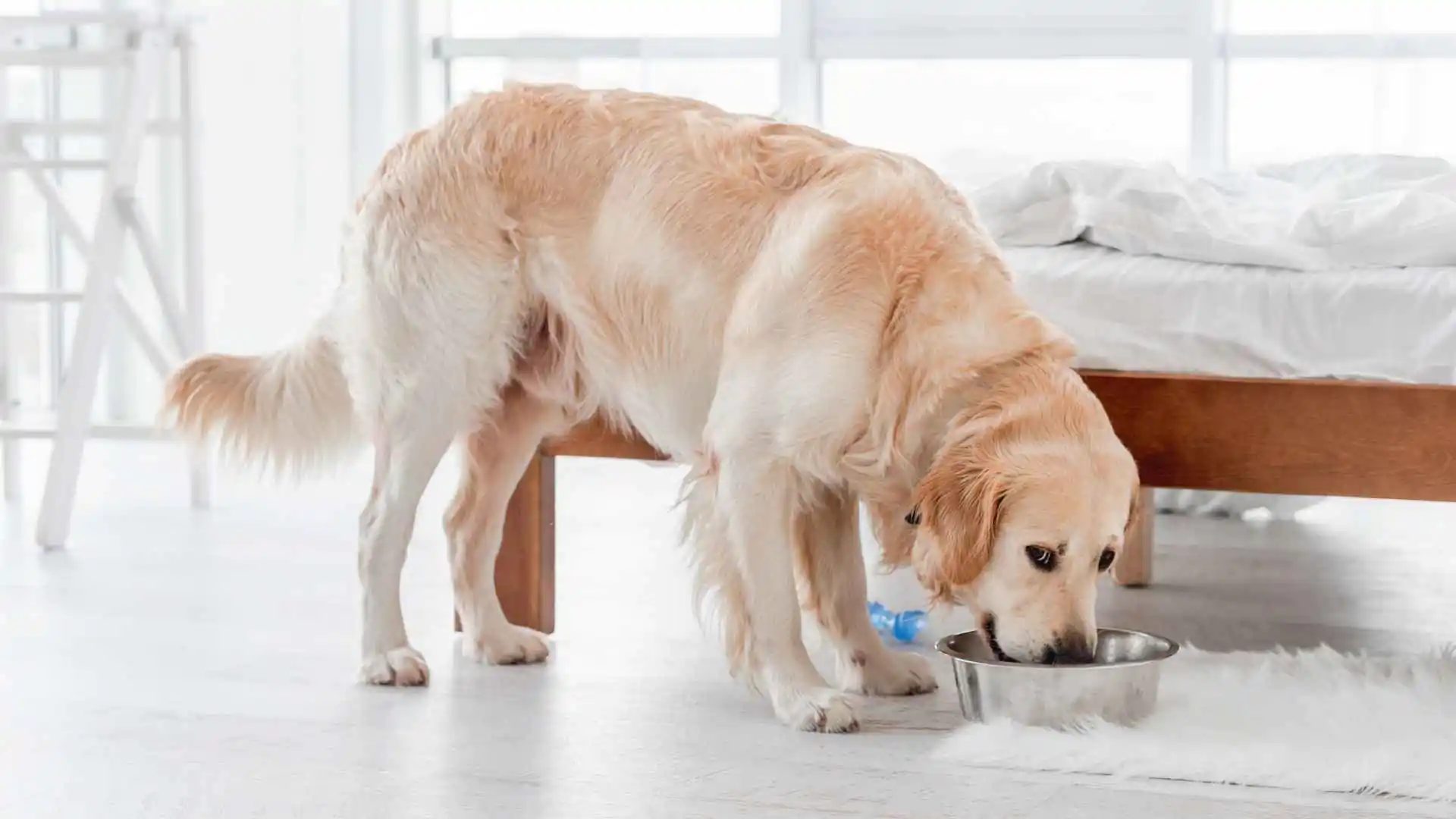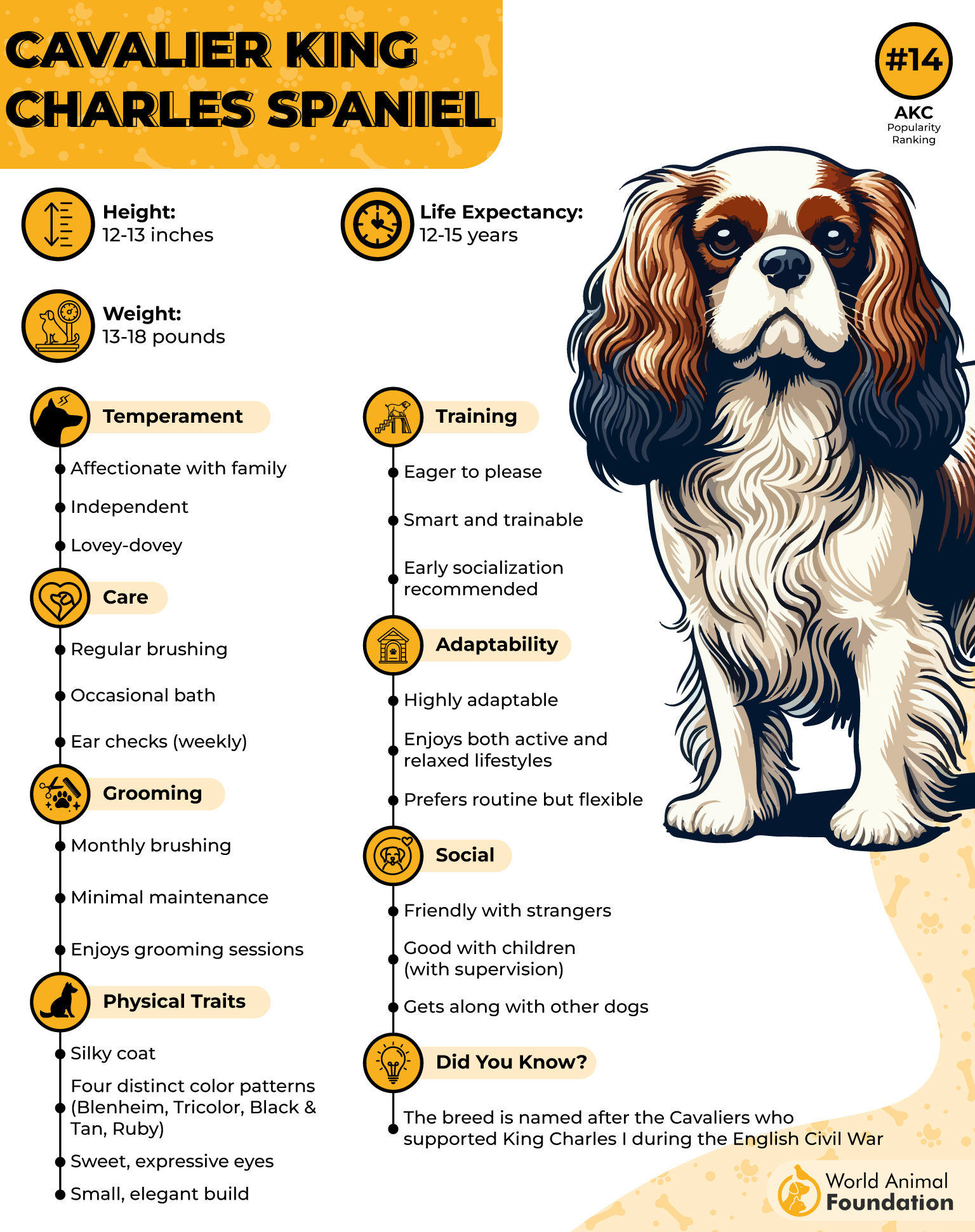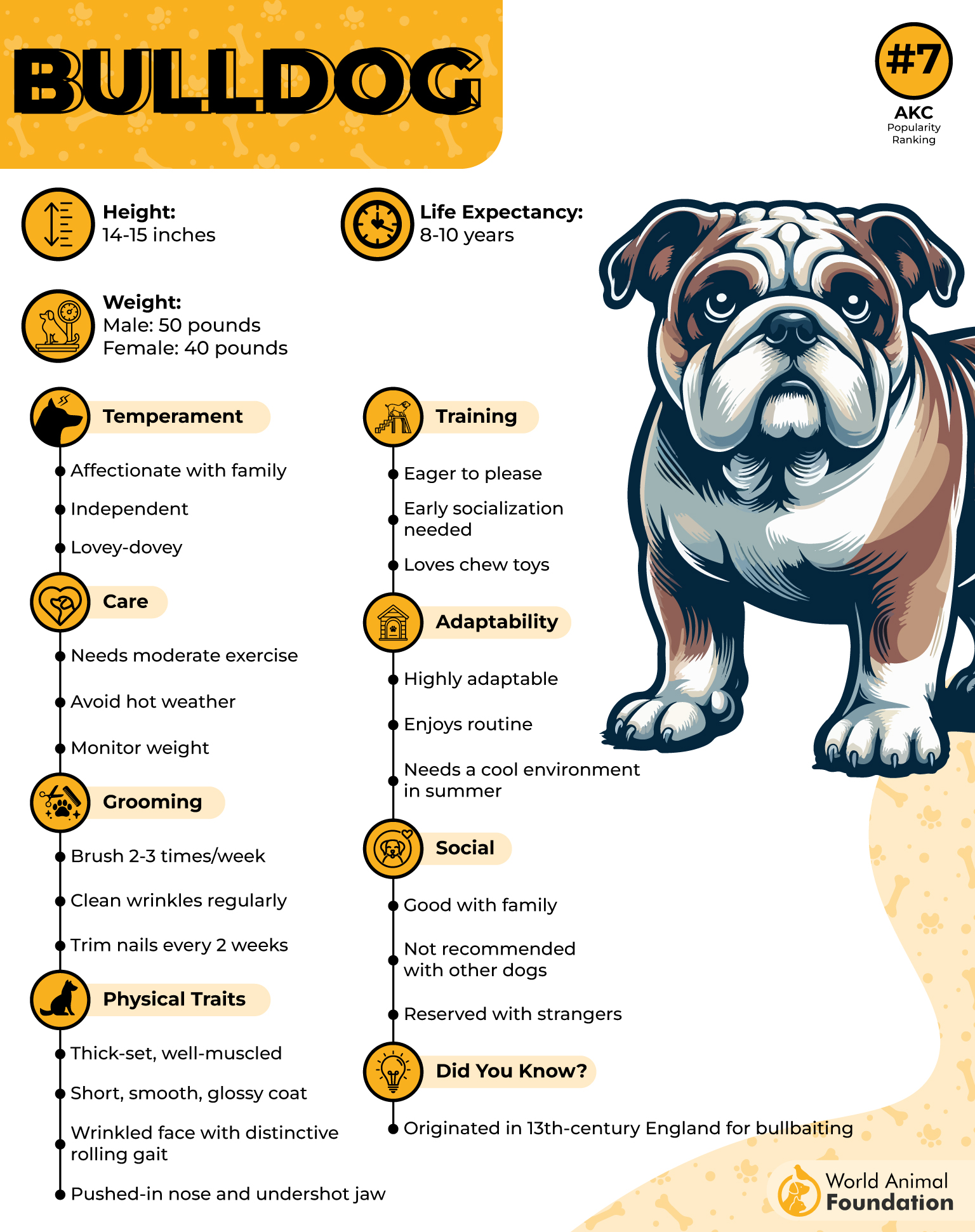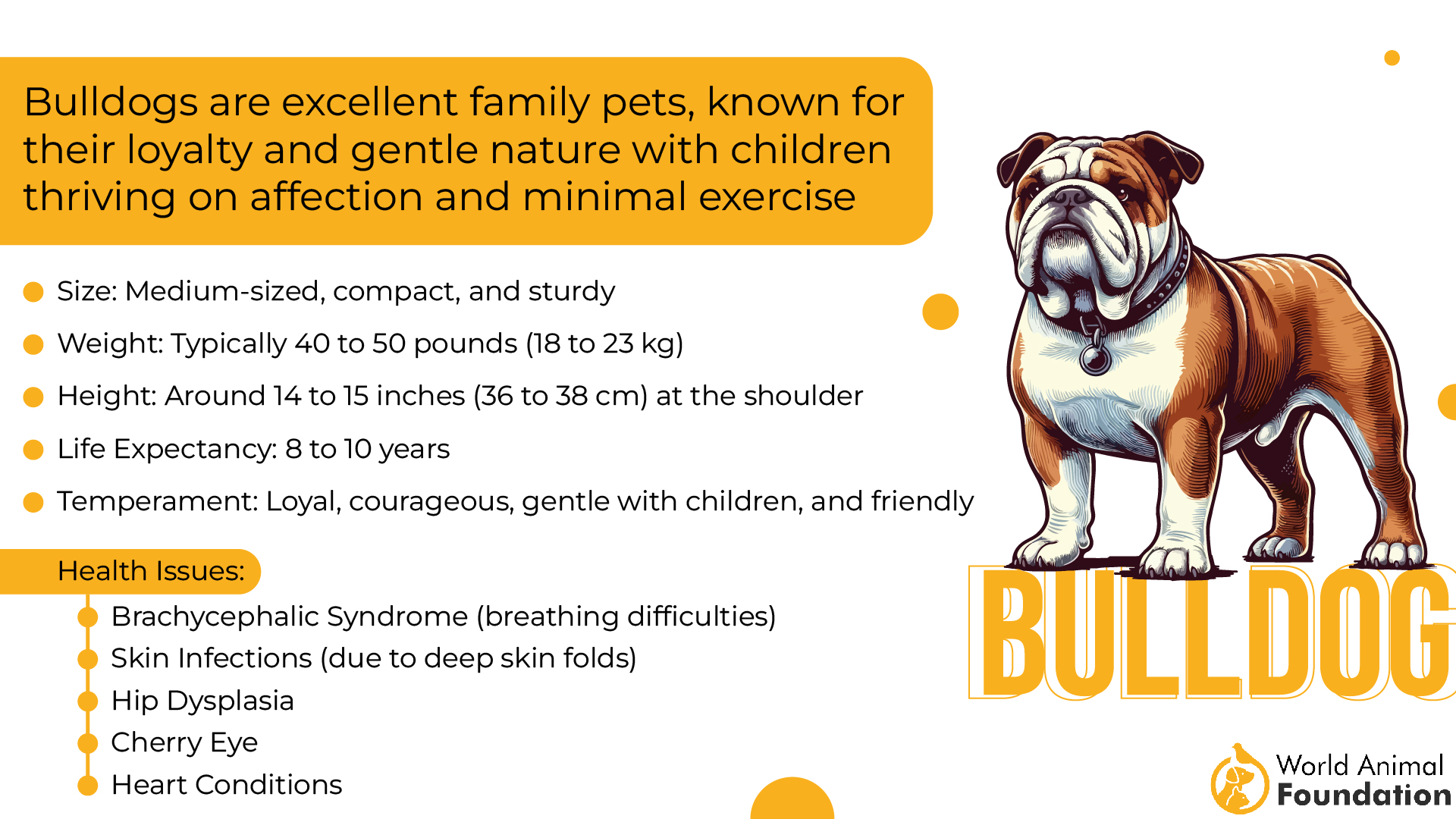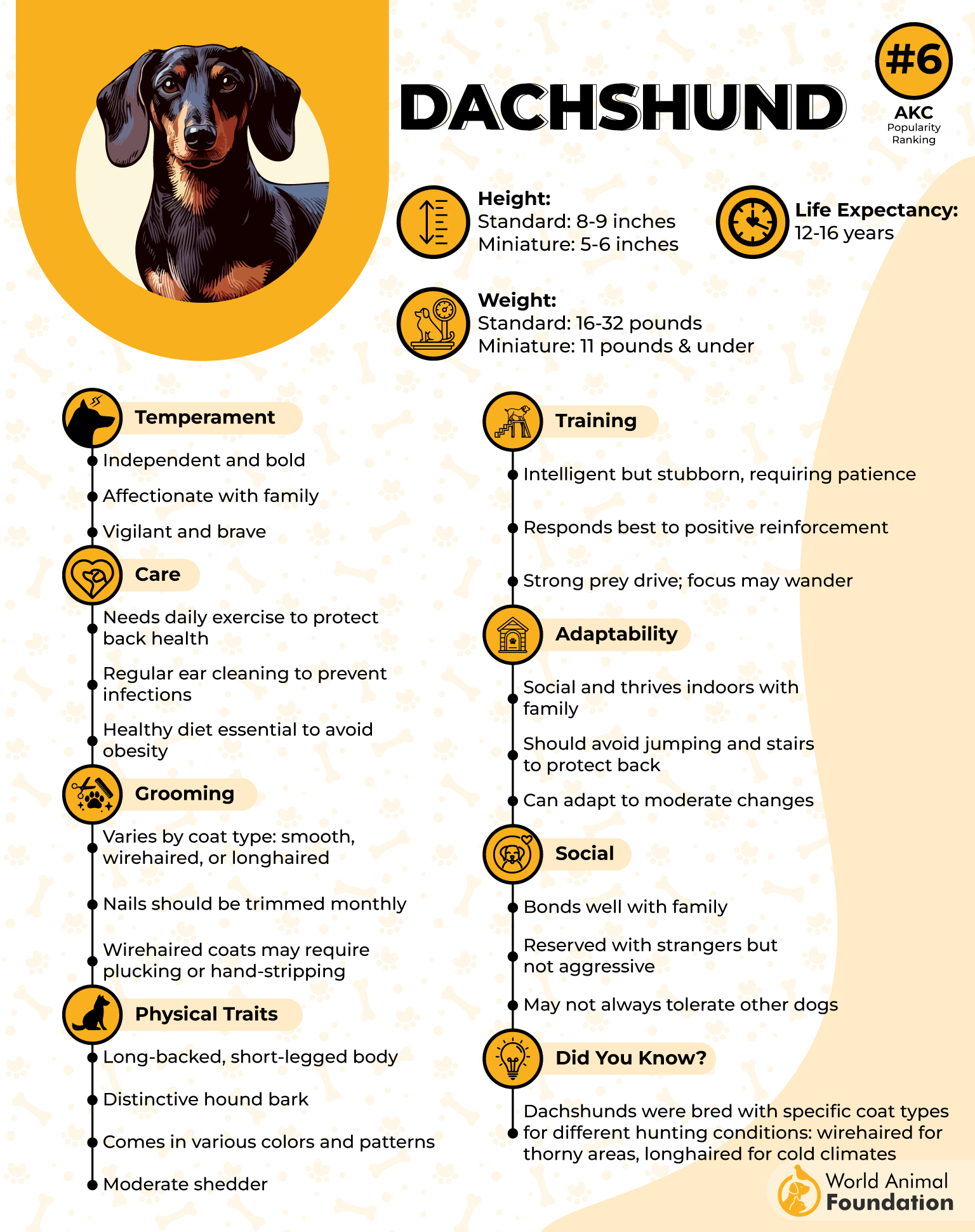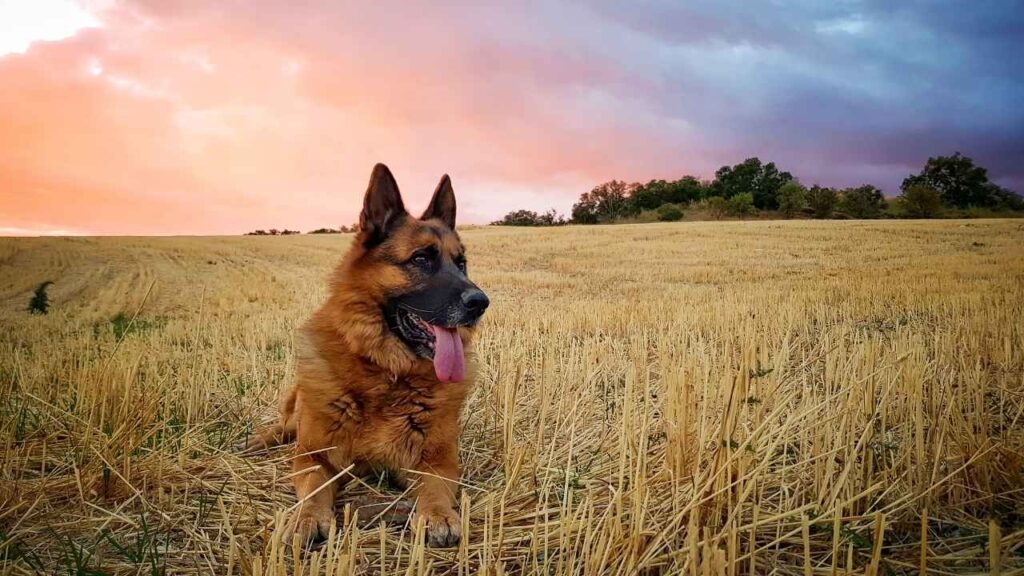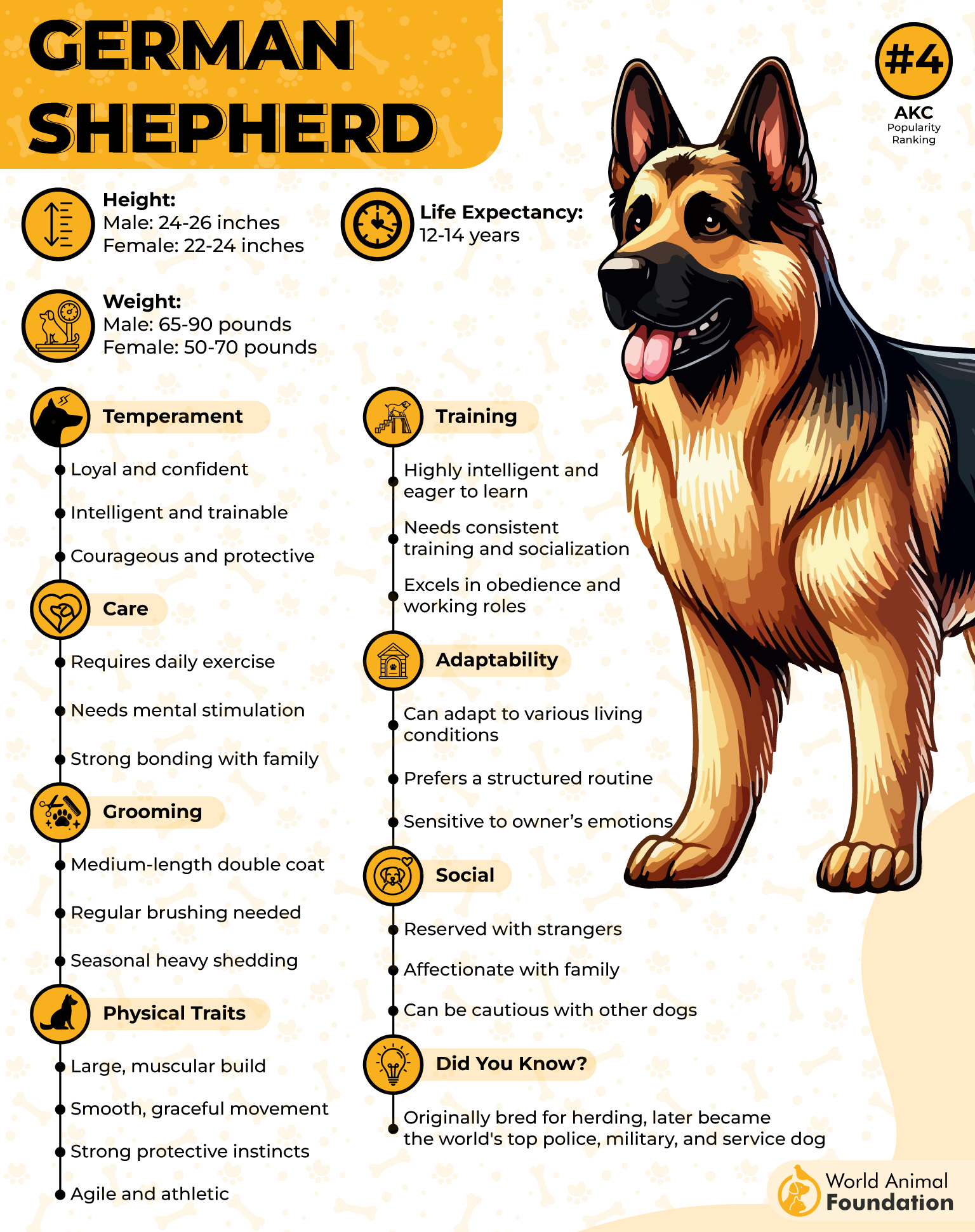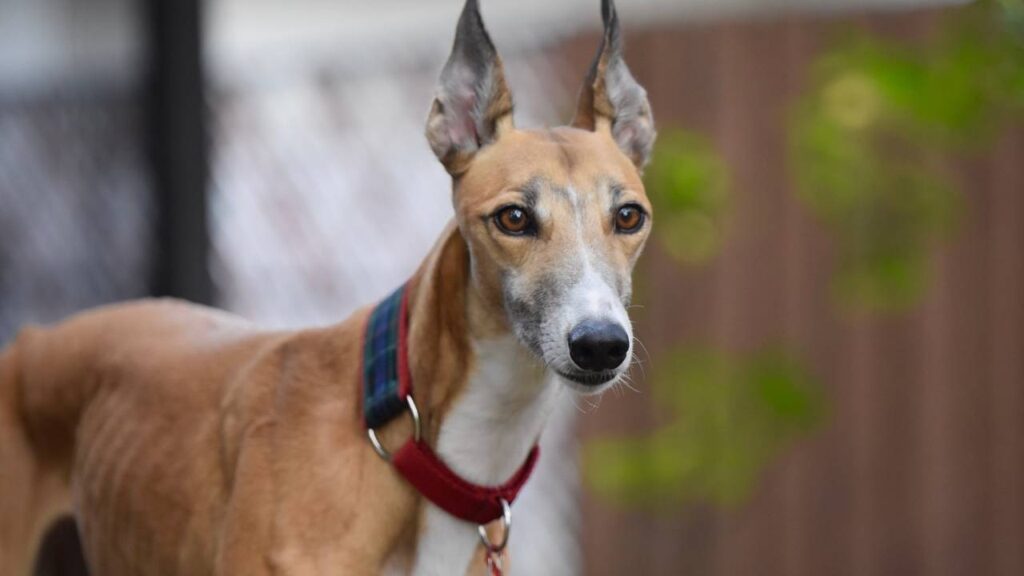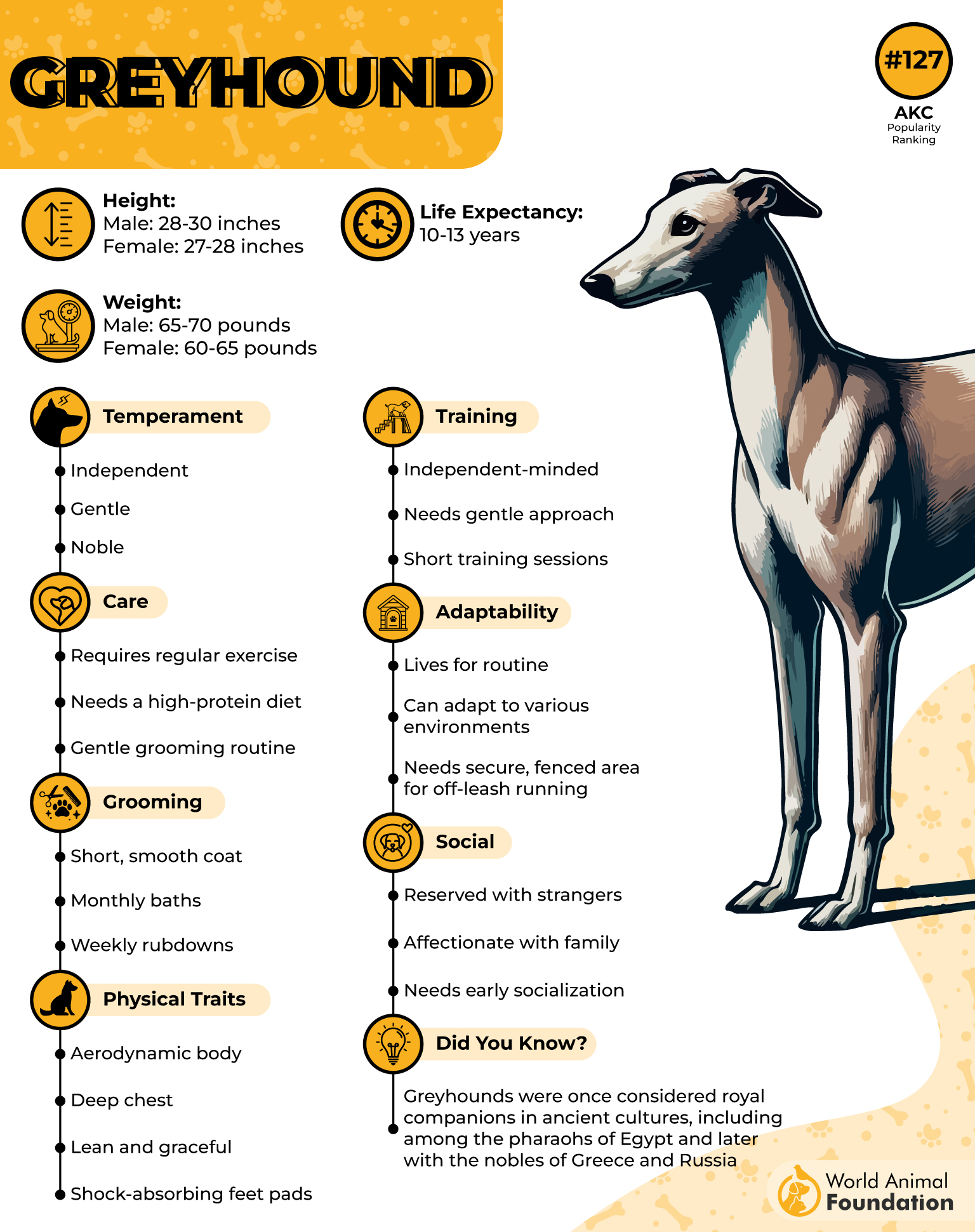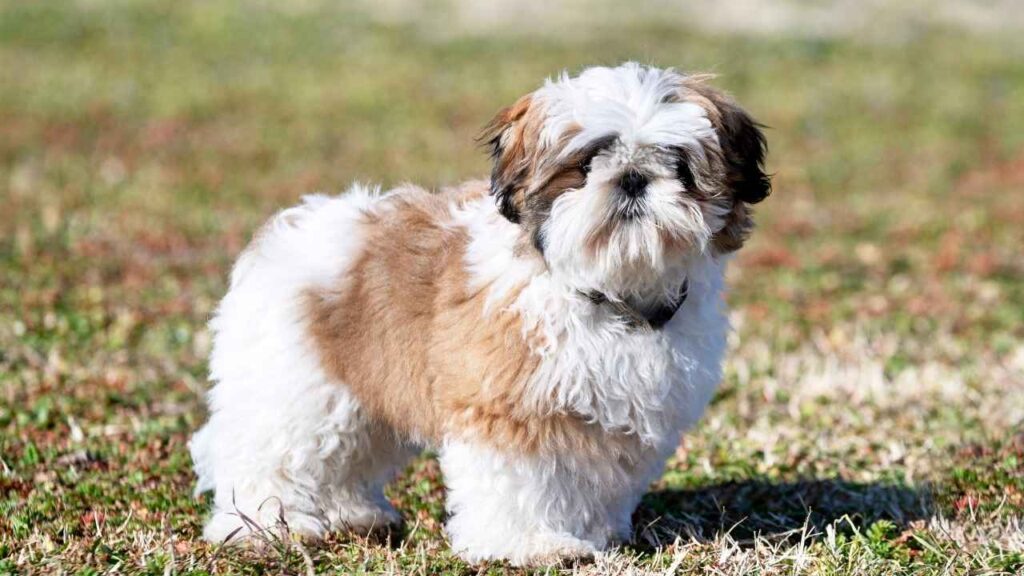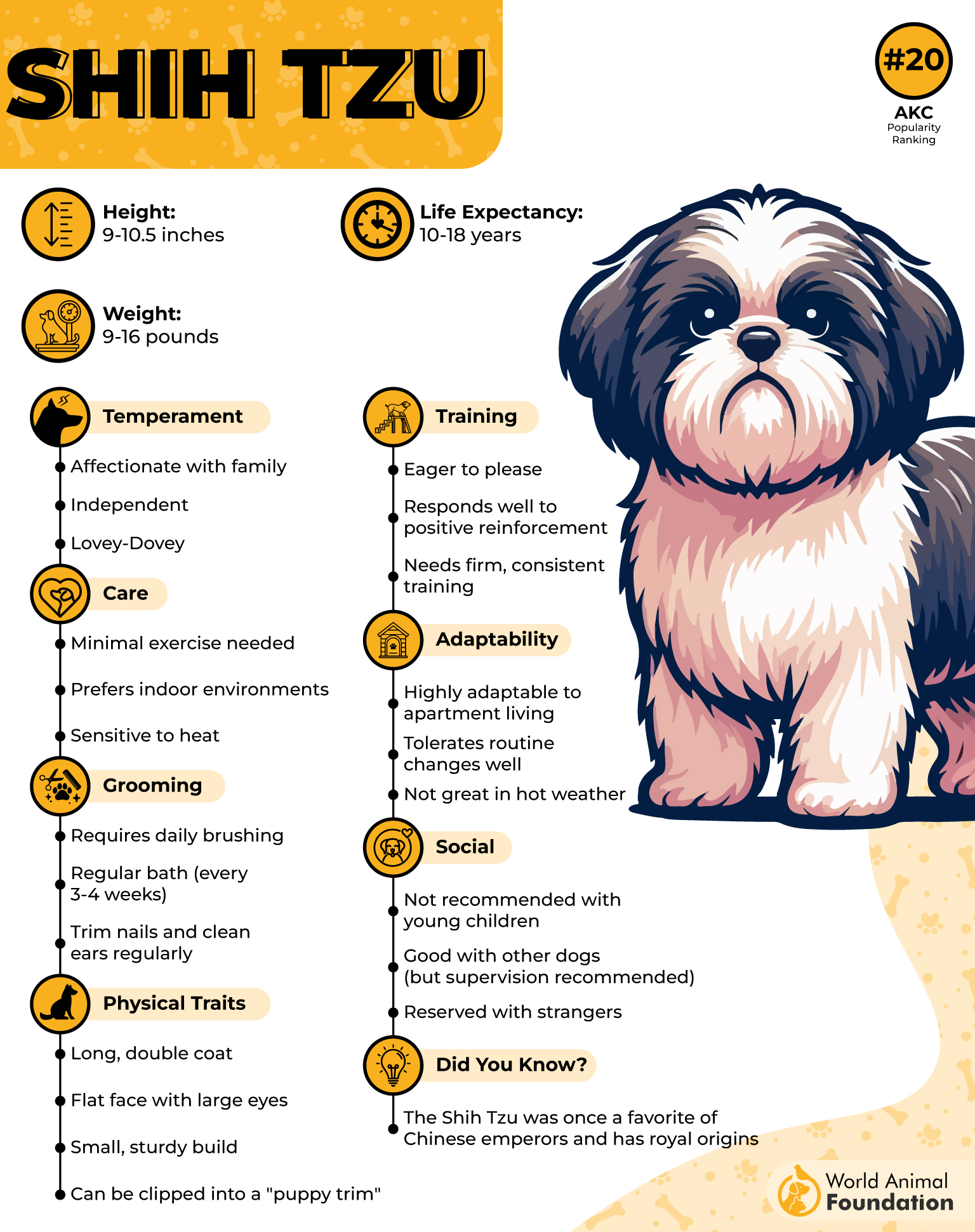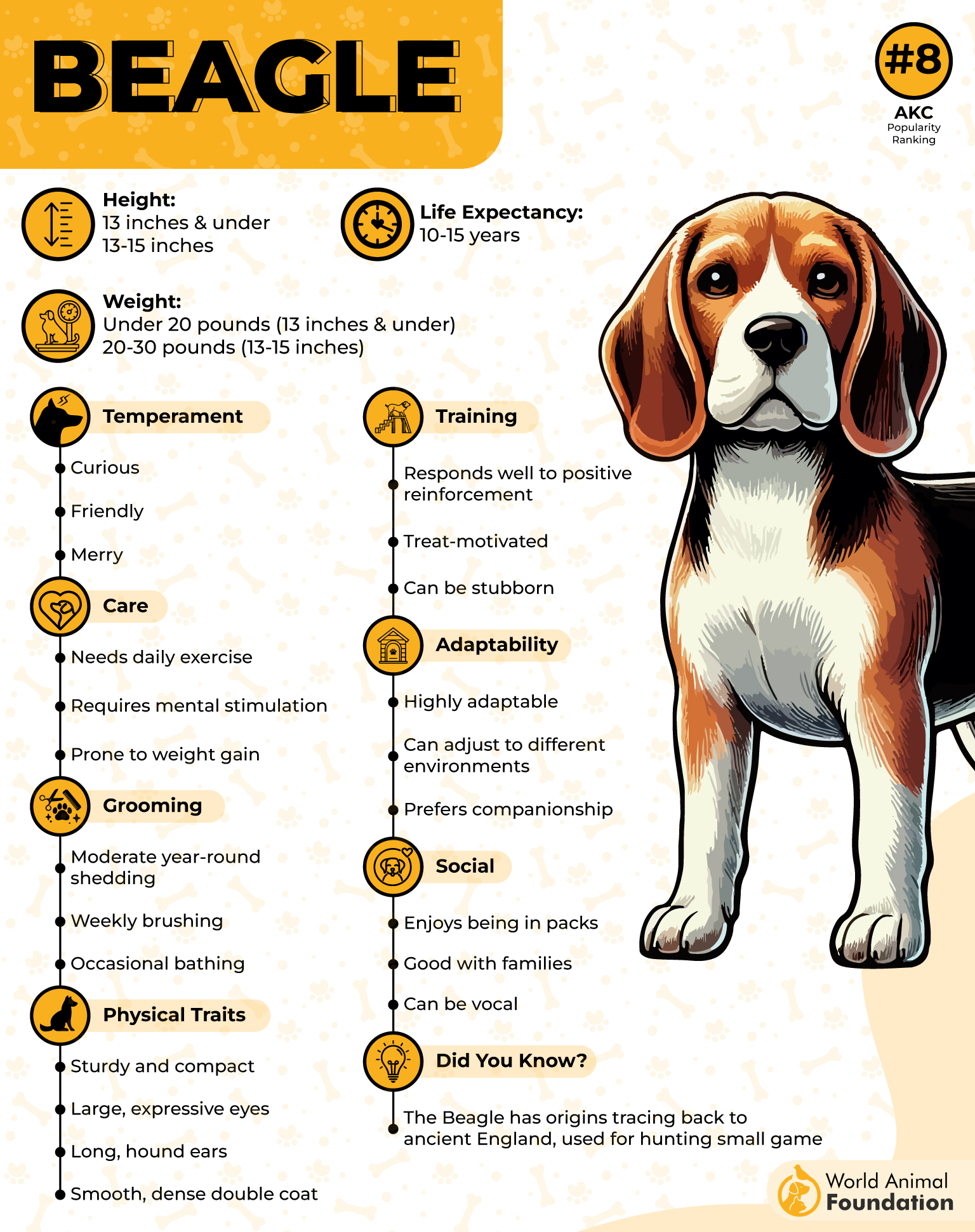In the diverse world of canine companions, not all dog breeds are created equal, especially when it comes to dietary needs. Some breeds have unique nutritional requirements that cater to their health and longevity. Understanding these special dietary needs is essential for any responsible pet owner. In this article, we explore seven special dietary dog breeds, delving into what each breed requires for optimal health and well-being. From gluten sensitivities to high-energy demands, discover the key factors that ensure your furry friend thrives, offering them a happier, healthier life tailored to their specific dietary demands.
Feeding a dog should be simple, right? But if you’ve ever seen your pup scratch non-stop, deal with a grumpy belly, or turn their nose up at food, you know it’s not that easy. Some dogs can eat anything, while others have stomachs that protest the tiniest ingredient.
Certain dogs need breed-specific diets—not because they’re picky, but because their bodies demand it. Whether it’s allergies, sensitive digestion, or unique nutritional needs, their food isn’t just about taste; it’s about keeping them happy and healthy.
If you’ve been wondering why your dog struggles with food or if you’re planning to get one of these special breeds, this is for you. Understanding their needs could make life so much easier for both of you.
Let’s get into it.
Special Dietary Dog Breeds
1. Cavalier King Charles Spaniel
Cavalier King Charles Spaniels may look delicate, but their stomachs can be surprisingly sensitive. They often struggle with food allergies and weight gain, making breed-specific dog food crucial for their well-being. A diet that supports heart and joint health can also help prevent common breed-related issues.
These dogs love treats, and those pleading eyes make it hard to say no. But too many snacks can lead to obesity, putting extra strain on their tiny bodies. Keeping portion sizes in check and choosing nutrient-rich food will keep them happy and active without unnecessary health risks.
Cavaliers are small but sturdy, typically weighing 13–18 pounds with a silky coat that requires regular brushing. Their big, round eyes give them an expressive look that melts hearts instantly. Each dog has unique fur markings, making no two Cavaliers exactly alike.
According to the American Kennel Club, they’re incredibly affectionate and thrive on companionship, often following their pet owners from room to room. Their friendly nature makes them great with kids, strangers, and even other pets. They crave attention and can get anxious when left alone for too long.
Playful yet gentle, Cavaliers love a mix of couch cuddles and outdoor fun. They enjoy daily walks and short bursts of energetic play, but they’re not built for extreme exercise. A simple game of fetch or a stroll around the block keeps them content.
While their royal history dates back to noble courts, Cavaliers are far from snobby. They’re eager to please and respond well to training, especially when positive reinforcement is involved. Their intelligence and sweet nature make them excellent therapy dogs.
With their affectionate personality and adaptable nature, Cavaliers fit into almost any household. Whether in a big family or a quiet home, they bring love and loyalty. Their only demand? Plenty of cuddles, attention, and, of course, the right food to keep them feeling their best.
2. Bulldog
Bulldogs have sensitive digestion and need a good diet tailored to their nutritional needs. The wrong food can lead to bloating, allergies, or weight gain, making it crucial to focus on a dog’s proper nutrition. Their meals should support their sturdy frame while preventing common health concerns.
As they move through different life stages, their dietary needs shift. Puppies need nutrient-dense food for growth, while adults require controlled portions to avoid obesity. Seniors often benefit from breed-specific food that supports joint health and digestion, keeping them comfortable in their later years.
With their muscular build and loose skin, Bulldogs are unmistakable. Their signature wrinkles and pushed-in noses give them a comical yet lovable expression. Standing around 12–16 inches tall and weighing 40–50 pounds, they have a stocky, low-to-the-ground stance.
Despite their tough exterior, Bulldogs are affectionate, gentle companions. They form strong bonds with their families and thrive on human interaction. Their relaxed nature makes them ideal indoor pets, happy to lounge around but always ready for attention.
They don’t need intense exercise but still require regular movement to stay fit. Short, moderate walks help prevent obesity, but overheating is a concern due to their flat noses. Keeping them cool and hydrated during warm weather is essential.
According to PetMD, their skin folds need frequent cleaning to prevent infections. Bulldogs are also prone to dental issues, so regular brushing is necessary to maintain oral health. Choosing specific food designed for canine nutrition can support their overall well-being.
Training a Bulldog requires patience since they can be stubborn. However, they respond well to positive reinforcement and consistency. With the right care, Bulldogs are loyal, loving companions who bring plenty of personality to any home.
3. Dachshund
Dachshunds have a unique body shape that requires extra attention to their weight. Excess pounds put a strain on their long backs, increasing the risk of spinal problems. A well-balanced dog’s diet helps them lose weight and keep them active, healthy, and free from mobility issues.
This dog’s nutritional needs change with age, so adjusting their food accordingly is important. Puppies need energy-packed meals for development, while adults require portion control to prevent obesity. Seniors often benefit from formulas designed for joint support to maintain flexibility.
With their long bodies, short legs, and alert expressions, Dachshunds are easily recognizable. They come in three coat types—smooth, longhaired, and wirehaired—each requiring different levels of grooming. This dog’s size is compact, which makes it ideal for apartment living.
Despite their small stature, they have a bold and confident personality. Dachshunds are known for their curiosity and strong hunting instincts, often chasing after anything that moves. They form deep bonds with their families and love being the center of attention.
Exercise is necessary but should be gentle to protect the spine. While they enjoy exploring and playing, high-impact activities like jumping off furniture can be harmful. Short walks and controlled playtime help keep them fit without risking injury.
Their grooming needs depend on coat type. Smooth-coated Dachshunds require minimal upkeep, while longhaired and wirehaired varieties need regular brushing to prevent knots. Checking their ears and teeth regularly helps prevent infections and dental issues.
Dachshunds are intelligent but can be headstrong, making training a test of patience. They respond well to positive reinforcement, and early socialization prevents stubborn or territorial behavior. With the right care and training, they become affectionate and entertaining companions.
4. German Shepherd
Ensuring your German Shepherd receives balanced nutrition is vital for an active dog’s lifestyle. This breed thrives on a diet rich in high-quality proteins to support muscle development. Inadequate nutrition can lead to issues like obesity and dental disease, affecting their quality of life.
As they progress through different dog ages, their dietary needs evolve. Puppies require nutrient-dense breed-specific diets for growth, while adults need a balanced diet to maintain optimal health. Senior dogs may benefit from specialized formulas that address joint support and mobility.
They are large, agile, and muscular dogs, standing between 22 to 26 inches tall and weighing 50 to 90 pounds. They possess a double coat, which sheds throughout the year and requires regular grooming. Their erect ears and intelligent eyes contribute to their alert expression.
Known for their intelligence and versatility, they excel in various roles, from loyal family companions to service and working dogs. They are highly trainable and thrive when given tasks that challenge their minds.
Regular exercise is essential to keep them physically and mentally stimulated. They enjoy activities like running, hiking, and canine sports, which help channel their energy. Without enough exercise, they may become bored, leading to undesirable behaviors.
While generally healthy, these dogs can be prone to genetic conditions like hip and elbow dysplasia. Regular vet check-ups and maintaining a healthy weight through diet and exercise help mitigate these risks. Responsible breeding practices also reduce hereditary health issues.
German Shepherds are loyal, intelligent, and versatile dogs that make excellent companions. Providing them with a balanced diet, regular exercise, and proper training ensures a fulfilling life. Their unwavering devotion and remarkable capabilities make them a cherished addition to any household.
5. Greyhound
Feeding a Greyhound requires attention to its unique energy needs. They have an athletic build but have a relaxed lifestyle, so you must provide high-quality adult dog food that maintains muscle mass without excess calories. Monitoring its health status regularly ensures it remains in peak condition.
Greyhound puppies grow rapidly, necessitating nutrient-rich puppy food to support their development. As they mature, transitioning to an adult formula helps maintain their sleek physique and overall well-being. Adjusting their diet according to activity levels prevents weight-related issues.
Recognized for their slender, aerodynamic bodies, Greyhounds are built for speed, reaching up to 45 mph. They have long legs, deep chests, and short, smooth coats that come in various colors. Their narrow heads and alert expressions add to their distinctive appearance.
PetPlan stated that despite their history as racing dogs, Greyhounds are gentle and enjoy lounging around the house. They are known for their calm and affectionate nature, making them excellent companions. Their sensitivity means they thrive in quiet, loving environments.
Regular, moderate exercise keeps Greyhounds healthy and content. They appreciate daily walks and occasional sprints in a secure area. However, they are equally content to relax indoors, often earning the nickname “40-mph couch potatoes.”
Greyhounds have minimal grooming needs due to their short coats. Regular brushing helps control shedding and keeps their skin healthy. Routine dental care is essential to prevent dental disease, a common concern in the breed.
Training Greyhounds is typically straightforward, as they are intelligent and eager to please. Positive reinforcement methods work best, fostering trust and understanding. Early socialization helps them adapt to various environments and situations.
6. Shih Tzu
Feeding your Shih Tzu a nutritious diet is essential to support their immune system and overall health. This breed is prone to food sensitivities, so selecting high-quality food without fillers can help prevent allergies and digestive issues.
Monitoring your Shih Tzu’s weight is crucial, as obesity can lead to various health problems. Providing appropriate portion sizes and regular exercise will help maintain their ideal weight and prevent related issues.
Shih Tzus are small dogs, typically weighing between 9 to 16 pounds, with a sturdy build and a long, flowing double coat that requires regular grooming.
Known for their affectionate and playful nature, Shih Tzus are friendly companions who enjoy human interaction. They are generally good with children and other pets, making them excellent family dogs.
While not aggressive, Shih Tzus may exhibit nipping behavior, especially during puppyhood. Proper training and socialization can help curb undesirable biting patterns and promote good behavior.
Regular grooming is essential to maintain their luxurious coat and prevent matting. Additionally, routine eye and ear care can help prevent infections and other health issues common in the breed.
Shih Tzus are generally healthy but can develop bad dental health and hypothyroidism. Regular veterinary check-ups and a proper diet can aid in the early detection and management of these conditions.
7. Beagle
Beagles are energetic and playful, requiring a diet that matches their active lifestyle. Understanding their nutritional requirements is essential to keep them healthy and vibrant.
On average, an adult Beagle weighing around 20–25 pounds requires approximately 700–900 calories daily. If you’re wondering how many calories your Beagle needs, factors like age, weight, and activity level play a role. Puppies typically need more calories per pound than adults.
Selecting the best food for your Beagle involves choosing high-quality dog food with real meat, such as chicken or beef, as the primary ingredient. Avoid foods with fillers, artificial additives, and by-products, as they can lead to health issues.
Beagles are small to medium-sized dogs, typically weighing between 20–25 pounds, with a sturdy build and short coat. Their keen sense of smell and friendly demeanor make them excellent companions.
Known for their boundless energy, Beagles require regular exercise to maintain a healthy weight and prevent obesity. Engaging them in activities like walks, play sessions, and scent games keeps them physically and mentally stimulated.
Despite their hearty appetites, it’s crucial to monitor their food intake to prevent overeating. Establishing a regular feeding schedule and avoiding free feeding can help them manage their weight effectively.
Beagles have specific nutritional requirements to support their metabolism and prevent health issues. Regular vet check-ups, combined with a well-rounded diet, can help manage common concerns like hip dysplasia and epilepsy, ensuring a long, happy life.
Conclusion
Caring for a dog goes beyond love and companionship—it starts with the right nutrition. Many dogs have specific dietary needs, whether it’s due to size, breed, or health concerns. Understanding what fuels your pet best ensures they stay happy and active.
Each breed has unique energy needs, from the high-speed Greyhound to the relaxed Bulldog. Providing food that meets those demands helps maintain muscle strength, prevent obesity, and support overall well-being. The right balance of nutrients plays a vital role in their daily life.
During puppyhood, rapid growth requires a diet rich in essential vitamins and minerals. This early stage lays the foundation for a lifetime of good health. Feeding them appropriately during this critical period helps in developing strong bones, joints, and resilient immune support.
For adult and senior dogs, specially formulated diets help address age-related concerns. Whether it’s joint support, weight management, or digestive health, choosing high-quality ingredients tailored to their needs makes all the difference in their quality of life.
Your pet’s health is in your hands, and the pet’s diet is a simple yet powerful way to care for them. If you’re looking for expert guidance on nutrition, explore vet-recommended food options today and give your dog the best start for a long, happy life!
In conclusion, understanding the unique dietary needs of certain dog breeds is essential for promoting their health and longevity. The seven special dietary dog breeds highlighted in this guide each have specific nutritional requirements that stem from their genetic predispositions or common health issues. Tailoring their diets not only helps in preventing potential ailments but also enhances their overall well-being. Pet owners should consult with veterinarians to create balanced meal plans that address these needs. By staying informed and attentive to their pets’ dietary requirements, owners can ensure a healthier, happier life for their canine companions.

